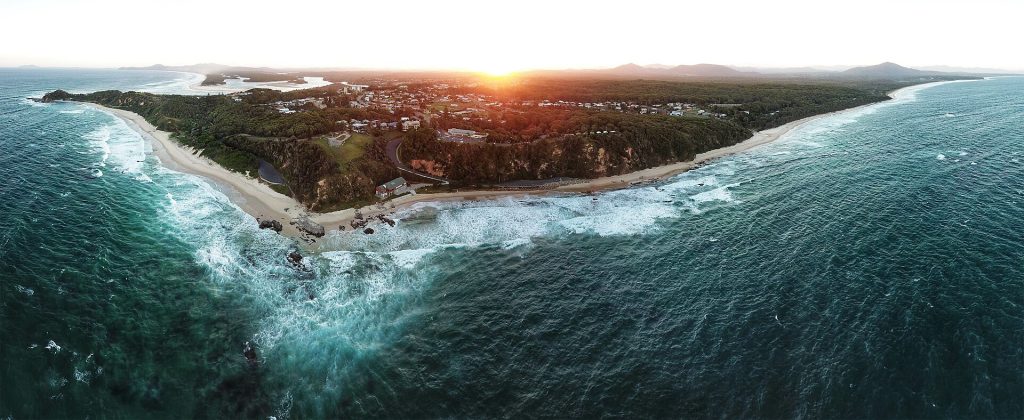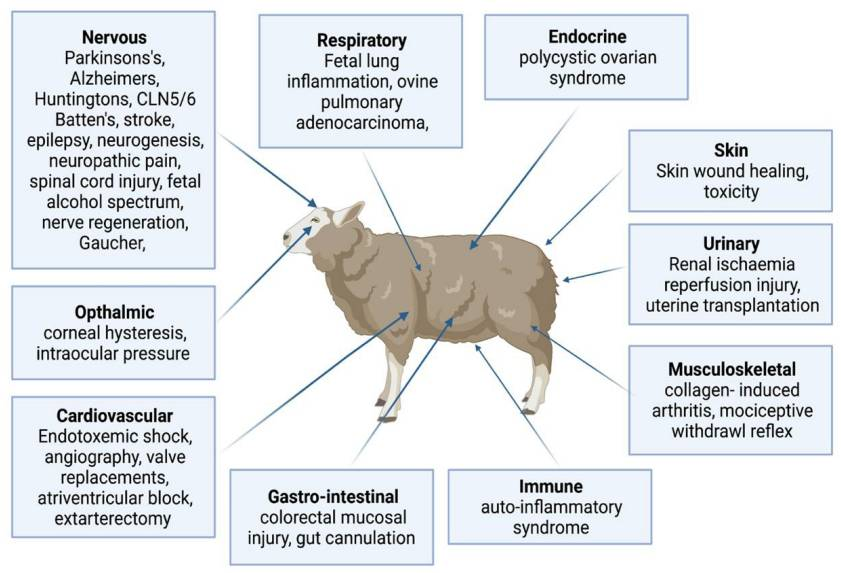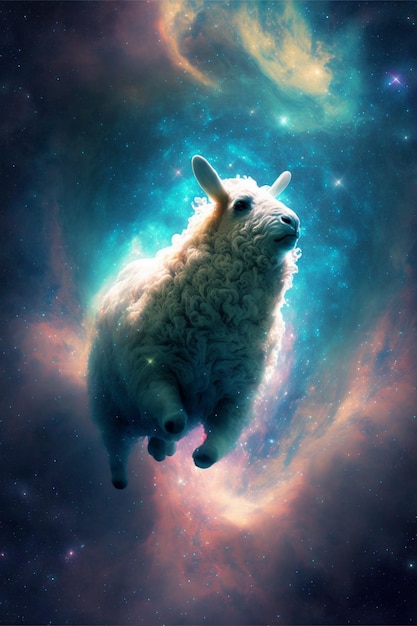Colony
Are there other, better models for how to build and run a space colony?
For me, the defining aspect of a “colony” is that a significant portion of the residents are born there and die there without ever returning to Earth. If the expected life story of any individual colonist includes at least one Earth-Colony journey and one Colony-Earth journey, then it’s a station not a colony, even if in many cases the journeys happen in the opposite order. Otherwise the colony ceases to exist as soon as Earth decides to stop sending new colonists. What you’ve got there is a project, not a product.
Outpost
There are two reasons why living on a colony sucks.
Firstly, it’s dangerous. I don’t really have to elaborate on this, it’s a very popular field for popular fiction.
The second reason is not so frequently explored: it’s boring. A big-budget special effects blockbuster about the crushing ennui of space probably won’t make money for its backers. However. Every colony will start with let’s say a dozen people, and grow. To a hundred people. Then to a thousand. And then, at some point, it reaches something a bit closer to genetic sustainability. Let’s be generous and call that about the size of Nambucca Heads.

Gorgeous, right? Beautiful views, beaches, surfing, hiking, and the sweet breath of unpolluted air. Who wouldn’t want to live there?
The answer is, every single 15 year old in town. I mean, people living in Leeds struggle to see bands. Now imagine rolling up Nambucca Heads and sticking it in a tube that smells of burning aluminium. And instead of a railway line straight to Sydney, visiting the nearest city of more than a thousand people costs a lifetime of savings.
By my definition above, it’s not a colony unless the 15 year olds stay there their whole lives. There’s no way they’re gonna choose that voluntarily. So you must be compelling them to stay somehow. That doesn’t necessarily entail keeping them in chains. You can just set up the economic realities that way. But even then, you’d probably better have some chains in a locker just in case.
Being a colonist is dangerous, difficult, and dreary. It always has been. Historically, colonies have always been founded by people who are expendable. In ancient times, damn near everyone was expendable, up to and including the king, and so colonisation stories were straightforwardly heroic. More recently the bulk of the colony was slaves and refugees, with the colonialist masters rotated through on temporary assignment, and we don’t tell such heroic stories about them.
Today we value human life so much that even the most basic disciplinary measures that would have been uncontroversial a hundred years ago cause a whole big stink in the media. I’m not saying we’ve achieved humanist utopia. We’re pretty comfortable keeping children in cages. But even then, this is generally assumed to be temporary. Are we really at the point of watching kids get born, live, and die, their whole life, all in a concentration camp, and celebrating that as progress?
Robots
A more plausible path towards scaling up our presence in space is a colony entirely built of robots. The physics don’t support sending millions of tons of steel into space, not ever. But there is in-situ resource utilization, where the “situ” is “the rest of the universe”. You start by refining water, then you crack that into oxygen and hydrogen for fuel. You move on to smelting metals for bulk structures. Then more complicated chemical processes. Finally you’re able to bake semiconductors, and the whole system no longer depends on any rocket launches at all. It’s a clanking replicator.
Such an off-world economy would still depend on communication with Earth. No doubt machine learning will take over an increasing share of the work, but at least long-term planning will still depend on human beings at home.
What would be the point? That, unfortunately, is a bit of a stumbling block to the plan. Current space mining enterprises all have the dubious idea of returning to Earth with cargoes of precious metals, so independence from Earth is explicitly not a goal. I’d argue that “for science” makes it worthwhile, but probably doesn’t justify more than a tiny fraction of our available resources.
But that aside, focusing on establishing a “colony”, this doesn’t satisfy the criteria at all. There are no people there! It can’t possibly count as a colony. And if the goal is to avoid “putting all our eggs in one basket”, well, we’re not robots and this colony doesn’t help us much.
Now, finally is where I feel I have something more to bring to the conversation.
Sheep
We just need to go one step further. Have the clanking replicator build a biome. And stick some sheep in there.

Why sheep? Because they are an excellent model organism for the medical issues that affect human beings. If your biome can’t keep sheep healthy, it can’t keep humans healthy either. If the sheep are OK, humans would be too. However, no-one cares about the civil rights of sheep. We can lose a few thousand to unfortunate misunderstandings and no-one really needs to make a big deal about it.
Once your mining/manufacturing pipeline gets going, you’ve seen it go through a few cycles of completely refresing its infrastructure, and a couple of hundred generations of sheep have frolicked through their short lives with no detectable long-term ill-effects, you’ve pretty much done it. By that point you no longer really need humans to actively control the process. It can go on auto-pilot. You have a few such colonies at various strategic points, keeping in touch with each other and ready to build and deploy a replacement for any colony that gets hit by an asteroid.
Such a system could last billions of years on its own, far outlasting the human race. It wouldn’t even evolve. The source code is fixed and error-correcting. The sheep genome would be fixed too – they would reproduce via artificial insemination of synthesised DNA taken from a master copy. Just the exact same process repeating over, and over, and over, through the aeons.
Of course, if at some point humans really are threatened with extinction on Earth, and have their shit together enough to do something about it, they could always send people up to space. By that point it would be trivial to spin up a few extra habitats, minus the sheep. So we no longer have our eggs all in one basket.
This, surely, counts as a colony. It’s achievable, perhaps even this century. It’s sustainable, ecologically and ethically. And if you squint, it might even make sense.
The only thing I can see anyone objecting to, is that they probably assumed that by “colony” the idea was a colony of humans. And, well, that seems a little closed-minded to me. Think bigger, my friends.
